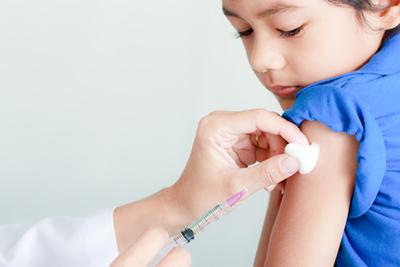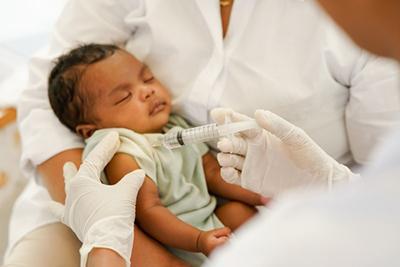Recognizing Early Signs of Asthma in Children
- posted: Apr. 24, 2024
Signs of asthma often start to manifest in childhood as the immune system is usually still developing. It's important to recognize these signs early as an early diagnosis means early Read More
When Should You See Your Pediatrician?
- posted: Apr. 09, 2024
As parents, it's natural to feel concerned about your child's health and well-being, especially when they're experiencing symptoms or discomfort. While many childhood illnesses and injuries can be managed at Read More
What To Expect During a Child Check-up
- posted: Apr. 05, 2024
Your growing child will need frequent visits to Southwest Children's Clinic in West Jordan, UT during the early development years. After all, kids can pick up germs and are more Read More
What Are Child Sick Visits?
- posted: Apr. 03, 2024
As your child grows up, it’s impossible to avoid them getting sick at least a few times in their life. When your child is sick, it’s important that they’re able Read More
How Often Should My Child Be Seeing a Pediatrician?
- posted: Apr. 01, 2024
Here’s the scoop on why you should be bringing your little ones in to see a pediatrician regularly. It's important that you make time to bring your children in to see Read More
Understanding the Purpose of Pediatric Physicals
- posted: Mar. 31, 2024
Pediatric physicals are comprehensive medical examinations for children to monitor their growth, development, and overall health. These check-ups assess various aspects such as height, weight, vision, hearing, and vital signs. Read More
When to Worry: Signs That Require a Pediatrician’s Attention
- posted: Mar. 29, 2024
As a parent, it's natural to be concerned about your child's health and well-being. While many childhood illnesses and minor injuries can be managed at home, some certain signs and Read More
Common Allergens Triggering Asthma in Children: A Comprehensive Guide
- posted: Mar. 27, 2024
Asthma is a condition that often presents in school-aged children. It has several possible causes, one of them being allergies. Learn about the common allergens that can trigger asthma in Read More
Understanding Developmental Delays: A Parent's Guide
- posted: Mar. 25, 2024
According to the Centers for Disease Control and Prevention, one in six American children have some type of developmental delay. If you feel that your child may be having some Read More
What To Expect at a Behavioral Health Evaluation
- posted: Mar. 07, 2024
As a parent, it’s only natural to be curious about your child’s behavior. Is your child’s behavior normal, or is it a sign your child needs help? A behavioral health Read More
The Importance of Regular Well Visits
- posted: Mar. 01, 2024
You want to safeguard your child’s health, but you can't do it alone. You need some help. Regular well visits to your pediatrician can protect your child’s health by providing Read More
Components of a Comprehensive Children's Wellness Checkup: From Physical Exam to Developmental Screening
- posted: Feb. 29, 2024
Six skilled and experienced pediatric doctors direct and see patients daily at Southwest Children's Clinic in the Greater Salt Lake Area of West Jordan, UT, for children’s wellness checkups. We Read More
The Importance of Immunization: Protecting Against Infectious Diseases
- posted: Feb. 14, 2024
As a parent, it’s your job to make sure that your child is protected against various issues they may come in contact with. It can be hard to do this Read More
The Importance of Early Childhood Vaccinations
- posted: Feb. 07, 2024
Children are one of the most vulnerable age groups because a child’s immune system is not as well developed as that of an adult. Early childhood vaccinations play an important Read More
Childhood Obesity: Causes, Risks, and Strategies for Prevention
- posted: Feb. 01, 2024
Childhood obesity affects approximately 30% of children in the U.S., and numbers continue to rise. According to the Centers for Disease Control and Prevention (CDC), obesity is one's body mass Read More
Understanding Sports Physicals and Your Child’s Health
- posted: Jan. 15, 2024
When your child is looking to start participating in sports at school, it’s important that you make sure that they’re healthy and that there aren’t any underlying conditions that could Read More

















